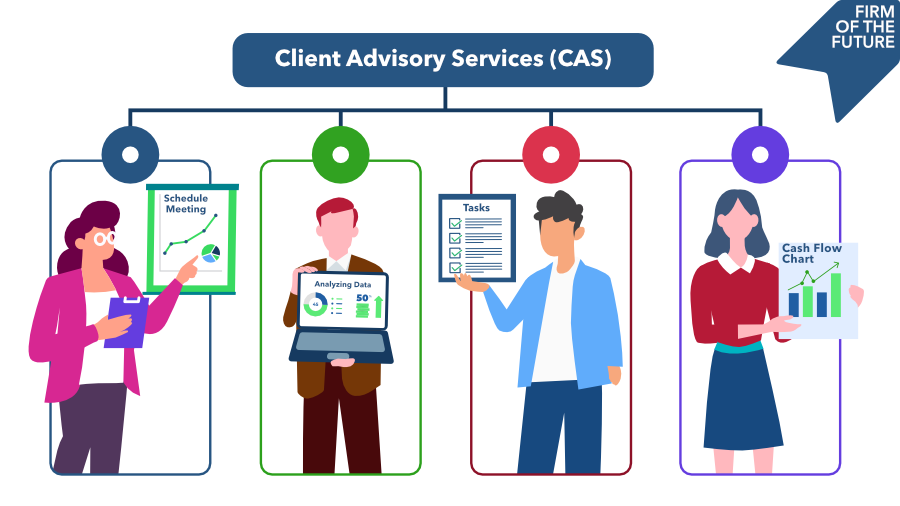The shift from traditional to subscription-based models
Traditionally, tax and accounting practices operate on a transactional basis. Clients pay for individual services, such as tax return preparation, bookkeeping, payroll processing, or financial statements. However, this model can lead to fluctuating revenue and sporadic client interactions. In contrast, the subscription model promotes continuous engagement, allowing us to build deeper relationships with our clients. This ongoing communication fosters a more consultative approach, with firms providing proactive advice rather than reacting to annual tax deadlines or compliance requirements.
The subscription model offers numerous advantages. The shift toward an MBSB encourages practitioners to focus on value-added services contributing to client satisfaction and retention. Clients can budget more effectively with predictable pricing, while firms benefit from the reduced pressure to meet billable hour targets. This leads to a more positive work environment.
The real value of this model is in its potential to create a deeper connection between professionals and their clients. When a firm is involved throughout the year, the firm can offer strategic advice and support that goes beyond simple compliance, helping clients navigate business challenges and seize new opportunities.
Embarking on the MBSB journey
Transitioning to a subscription-based model can be daunting, but with a strategic approach, it can be a smooth process. The key steps include the following:
- Recognize the present: The subscription model isn't just an emerging trend—it's a current reality. Firms must acknowledge this shift and prepare to adapt.
- Start small, scale smart: Begin with a subset of clients or new clients, then gradually transition existing ones to the subscription model.
- Appoint a champion: Designate someone within the firm to lead the transition, ensuring a consistent vision and approach.
- Identify core competencies: Determine the firm's strengths and craft subscription packages around these high-value services.
- Segment clients: Understand that not all clients have the same needs. Tailor service packages to different client segments.
- Craft service packages: Create comprehensive packages that meet the needs of the targeted client segments.
- Commit to change: Consistency is key—stay the course and ensure clients understand the benefits of the new model.
Transitioning to the subscription model can present challenges, but following these five key strategies can ensure a successful implementation:
- Designate a firm champion: Have someone in the firm take ownership of the transition.
- Create appealing packages: Ensure that the subscription packages offer high value and are visually appealing.
- Efficiency in acquisition: Make the client onboarding process smooth and efficient.
- Pricing structures: Set competitive prices that reflect the services offered and the value provided.
- Scalability: Ensure the subscription model can scale as the firm grows and evolves.
The future is subscription-based
The subscription model is more than just an innovative idea; it's a pathway to a more sustainable and resilient practice. By embracing this approach, firms can future-proof their business, while providing a more dedicated and valuable service to their clients.
The shift toward subscription-based services isn't just about revenue; it’s about building lasting relationships and becoming an integral part of their clients' success. It also greatly increases the enterprise value of your practice.



